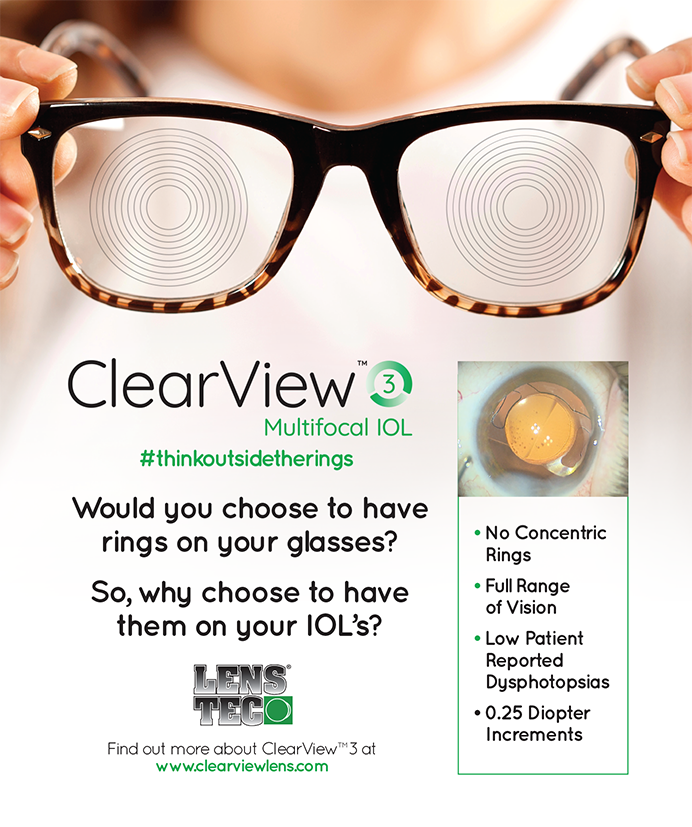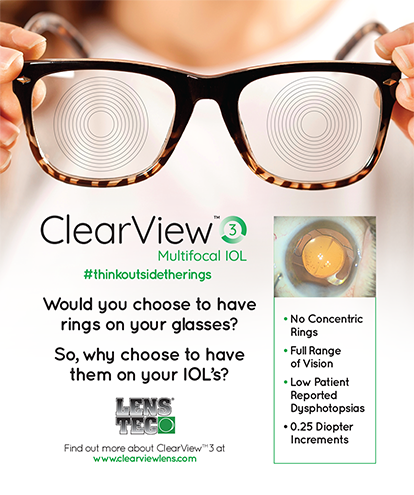Cataract & Refractive Surgery Today poses the question in this issue, and the timing is excellent. Just 20 years ago this July, Stephen Brint, MD, and I performed the first LASIK cases in the United States as part of an FDA trial sponsored by Summit Technology, a company that, sadly, is dead. Steve was the chief investigator of the Myopic Keratomileusis for Myopia (MKM) Trial, named for LASIK’s precursor. Steve brought me into the study, and we wound up altering the technique to laser in situ keratomileusis here in Houston. His grace and generosity in including me, a young and inexperienced surgeon, created my career. I learned a lot about refractive surgery and the cornea from the MKM trial, but the real lessons were unexpected and concerned how a new procedure begins and evolves. I draw on these lessons almost everyday. Here are a few of my favorites.
What is the initial experience, and does it matter? LASIK started slowly. It took us nearly 2 years to perform the 60 cases we were allowed in the first phase of the MKM trial, yet the popularity of LASIK grew each year for a long time until it became the most common refractive procedure ever.
What is the current state of the art? How strong is what doctors are using now? At the outset of the MKM trial, the standard was RK, and this procedure was vulnerable. Simply put, LASIK was better than the standard, and the former got better and better. Of course, the LASIK procedure of 2 decades ago would not be the standard of care today, but what mattered was what we had then. LASIK was also flexible enough to endure challenges such as postoperative ectasia and dry eye syndrome.
What is the future competition? No procedure exists in a vacuum. So many other procedures have attempted to replace LASIK—intrastromal corneal ring segments, conductive keratoplasty, laser thermal keratoplasty, and others. All were competing with LASIK in its area of strength, however: low-tomoderate refractive error. No doubt, we could use better answers for glaucoma, age-related macular degeneration, high myopia, and irregular astigmatism, but for -3.00 D of ametropia? Not so much.
Can the procedure evolve? LASIK is digital; RK was analog. One can refine a diamond knife only so much. I was hooked on LASIK from the start for this reason, but I never imagined that, one day, we would have scanning lasers, eye trackers, wavefront-guided ablations, and lasers with which to make flaps. My first cell phone was the size of a brick, and my first laptop had a green screen. I never would have guessed I needed the Internet or an iPad (Apple, Inc., Cupertino, CA). An electronic or digital procedure will improve over time. It rarely pays to say never.
Who decides anyway? Certainly what we surgeons think is important, but we must never forget what our patients think. Charles Kelman, MD, used to say that patients decide while doctors debate. LASIK was never proven to produce better results than PRK, but patients overwhelmingly chose the procedure that gave them the same results more quickly and with less discomfort. We must pay attention to what our patients talk about as well. What really made LASIK was word of mouth from “wowed” patients. What procedure will excite them next? What will they talk about when they discuss their eyes?
Is LASIK dead? In this edition of CRSToday, Shareef Mahdavi, Daniel Durrie, MD, and others directly address the question. Let’s read the articles and then decide.
Stephen G. Slade, MD
Chief Medical Editor


